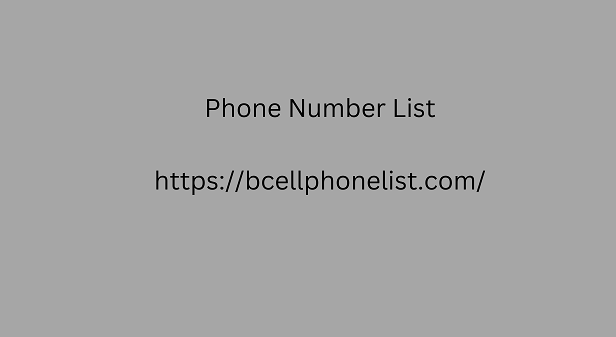Post by aloo5436459 on Feb 24, 2024 4:03:52 GMT
Google will be able to offer the user an alternative paragraph on the search engine results page that it thinks will be much more useful to the user. Why is Optimizing Meta Description Important? Each meta description is potentially the first element a user will see about your site. A meta description is the most important factor that will describe the content of your site and include a call to action. It shows what value the relevant page on the site will add to the user. The user decides whether or not to enter your site's page based on the description section on the search engine results page. A good meta description strengthens your brand's identity and makes your domain name much more trustworthy. Meta description is also one of the factors that show that you are independent on the search engine results page by making you different from your competitors.
What Makes a Good Meta Description? A good meta description describes the content on the landing page in the most impressive way. By looking at the description, the user makes a guess about the content of the page and Phone Number List decides whether this page meets his needs. Descriptions also get users to click on search results because they often include a call to action: You should try to summarize a content or topic in one sentence with a call to action. You can include information about payment options or delivery time. You must use at least one of the elements in the description, such as price and quality. You should not try to exceed 300 characters. Google theoretically limits the description to two lines. Search engines take the meta description from the source code and try to truncate it if the meta description is long. However, according to Google, there is no character limit in meta descriptions.

You should write a separate meta description for each URL address. Again, Google does not always use the specified meta description. In order to provide the most appropriate description for users' search intent, Google uses the meta description you specify or places a certain part of the article in the description section on the search results page. You may think that the description you created is very good. Google is not satisfied with this and may try to present different texts to the user by taking different texts from the article. If short sections of the content on your site can replace the description, Google may choose to add these texts to the description section displayed on the search results page. Google officially states that it first tries to find the most appropriate part of the content, and if it cannot find it, it tries to use the meta description as an alternative.
What Makes a Good Meta Description? A good meta description describes the content on the landing page in the most impressive way. By looking at the description, the user makes a guess about the content of the page and Phone Number List decides whether this page meets his needs. Descriptions also get users to click on search results because they often include a call to action: You should try to summarize a content or topic in one sentence with a call to action. You can include information about payment options or delivery time. You must use at least one of the elements in the description, such as price and quality. You should not try to exceed 300 characters. Google theoretically limits the description to two lines. Search engines take the meta description from the source code and try to truncate it if the meta description is long. However, according to Google, there is no character limit in meta descriptions.

You should write a separate meta description for each URL address. Again, Google does not always use the specified meta description. In order to provide the most appropriate description for users' search intent, Google uses the meta description you specify or places a certain part of the article in the description section on the search results page. You may think that the description you created is very good. Google is not satisfied with this and may try to present different texts to the user by taking different texts from the article. If short sections of the content on your site can replace the description, Google may choose to add these texts to the description section displayed on the search results page. Google officially states that it first tries to find the most appropriate part of the content, and if it cannot find it, it tries to use the meta description as an alternative.
